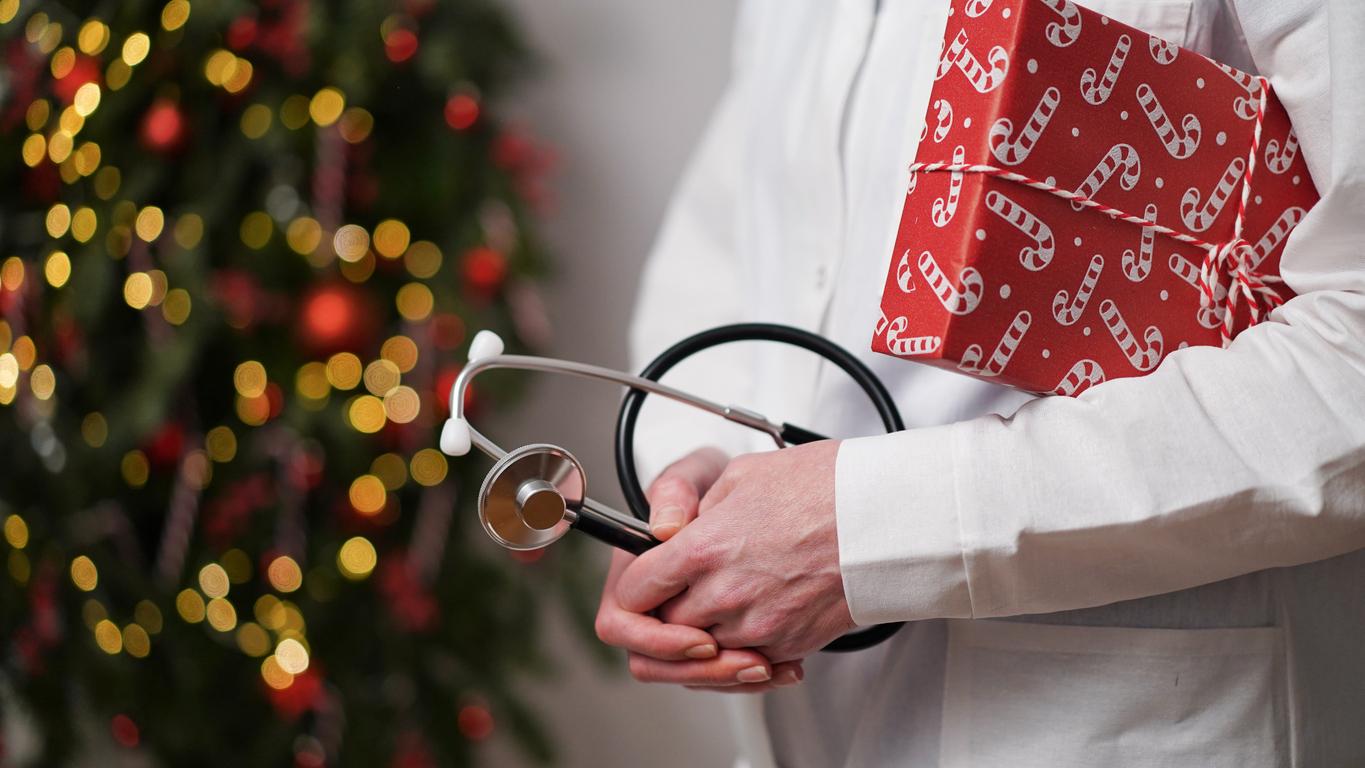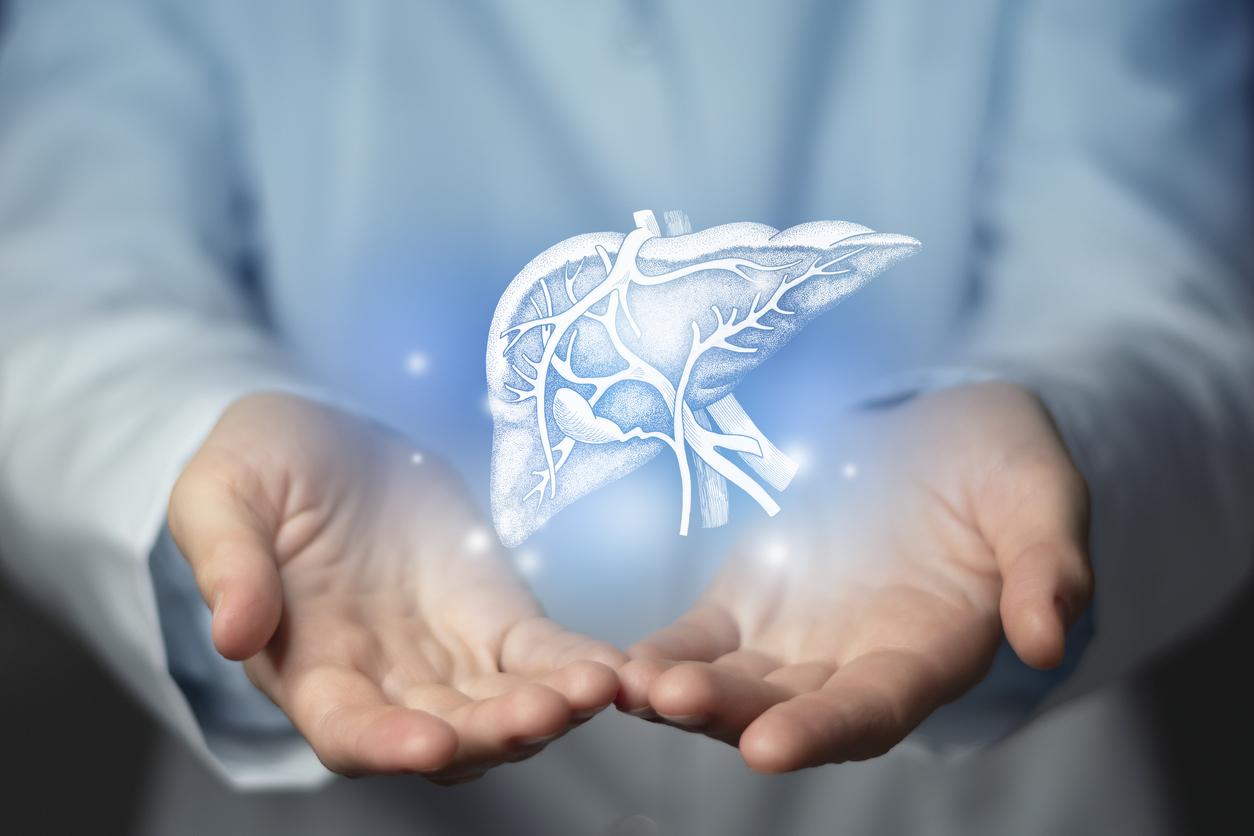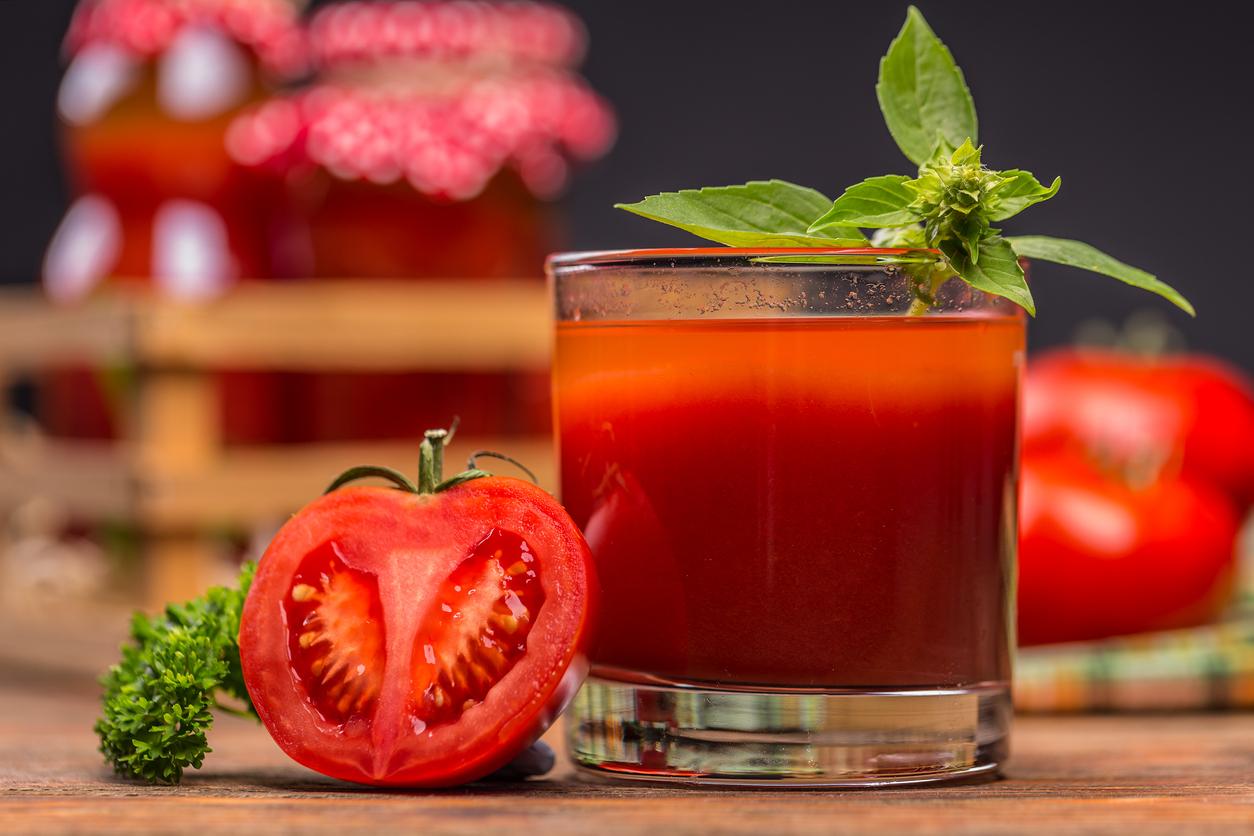They are in hams, sausages or even pâtés… For the past ten years, salmonella typhimurium have been increasingly present in charcuterie, causing gastroenteritis and fever. Last year, 2,500 people were infected.

You’ve probably never heard of them, yet they may have already made you sick. For the past ten years, salmonella typhimurium are claiming more and more victims among delicatessen lovers.
Sausages, pâté, rillettes, ham, dry sausage… In the space of a few years, these very popular foods and mainly composed of pork, have all been the subject of salmonella contamination. typhimurium. Or rather to a new strain, called “monophasic variant of typhimurium“. 2,500 people were infected with this strain of salmonella in 2017. Withdrawals from the shelves of the incriminated batches date back to October 30 and concerned dry sausages. In the spring, sausages had been the subject of recalls and a withdrawal from the shelves after having made dozens of children sick in the south of France.
A bacterium responsible for gastroenteritis
But what is this salmonella typhimurium ? It is a serotype of salmonella enterica, the main cause of salmonella gastroenteritis in humans, and which develops in particular in pigs.
“What makes it difficult to detect is that pigs, which have these bacteria in their digestive tract, are, for the most part, healthy carriers”, explains the Parisian Vincent Leclerc, epidemiological project manager at ANSES. “Unlike ducks, which die of bird flu, they have no symptoms.”
“These salmonellae can spread on farms if the buildings are not well cleaned. At the time of slaughter, it is necessary, among other things, to ensure that the animal’s digestive tract is not in contact with the muscle and that salmonella are not carried by insufficiently disinfected knives”, continues the specialist.
Salmonella typhimurium can cause gastroenteritis, fever, even sepsis in the most fragile people. Asked by France Info, Dr. François-Xavier Weill, director of the national reference center for salmonella at the Pasteur Institute, however, wants to be reassuring. “It is not because we consume a food that contains some salmonella that we will be sick. It all depends on the quantity that will be in the food and the defenses of the person who will consume this salmonella. The most fragile people are at the extreme ages of life. They are also pregnant women or people undergoing very immunosuppressive medical treatment.”
Some hygiene rules against salmonella
However, a number of hygiene rules should be observed to avoid contamination:
– Wash your hands well between two culinary preparations, as well as cutting boards, utensils and the work surface
– Cook sensitive foods to heart (poultry, minced meat, etc.)
– Do not mix cooked meat and raw meat
– Regularly clean your fridge and keep it at a temperature below 4°C
– Respect the cold chain
– Do not eat cold cuts if you are a person at risk: pregnant woman, young child, elderly person or under immunosuppressive treatment.

.
















